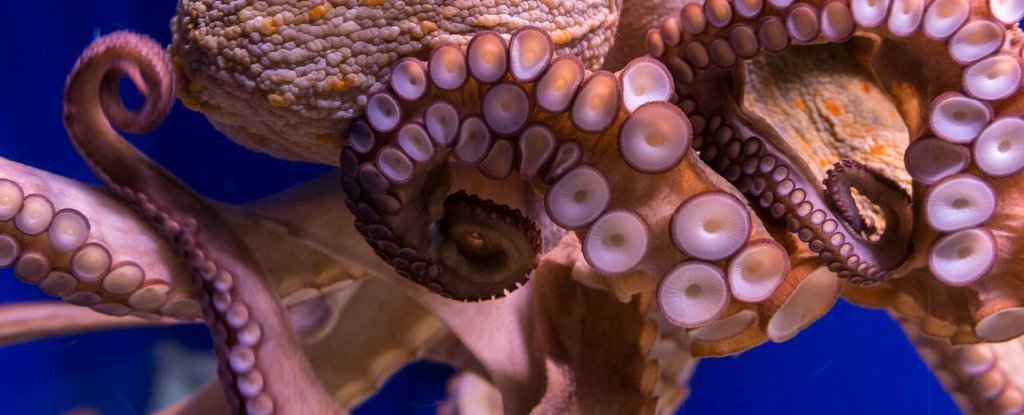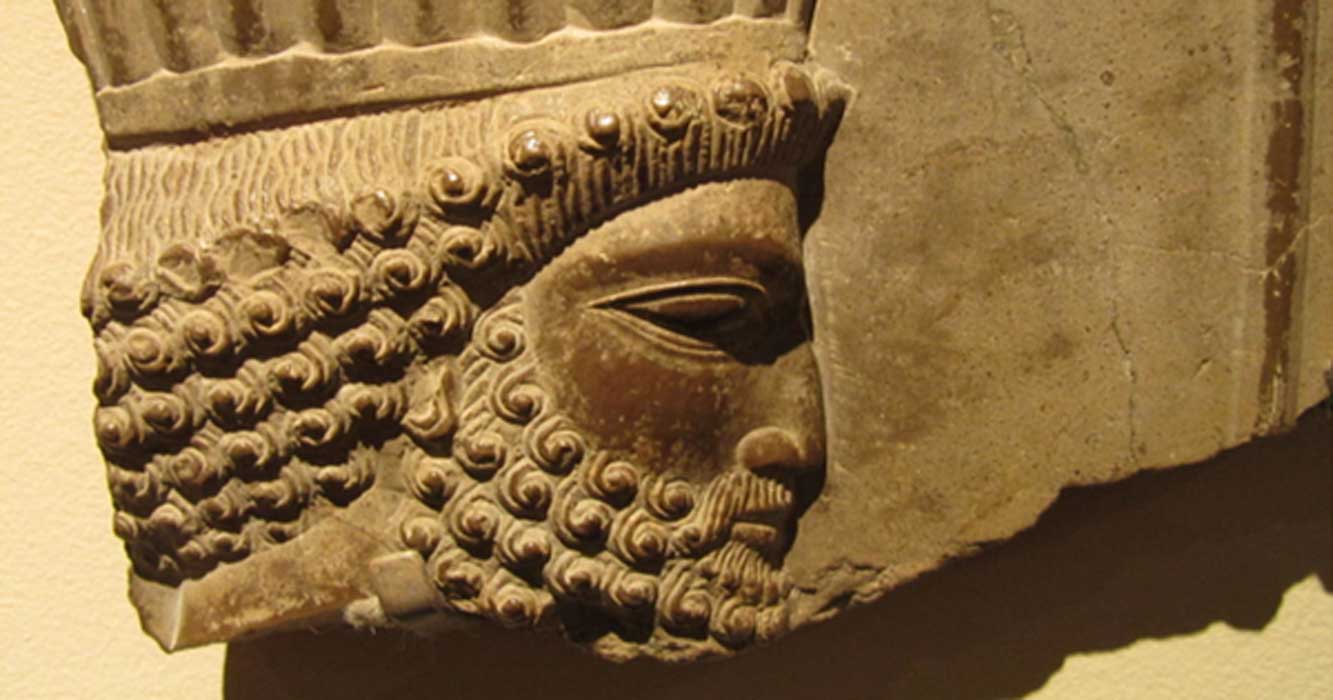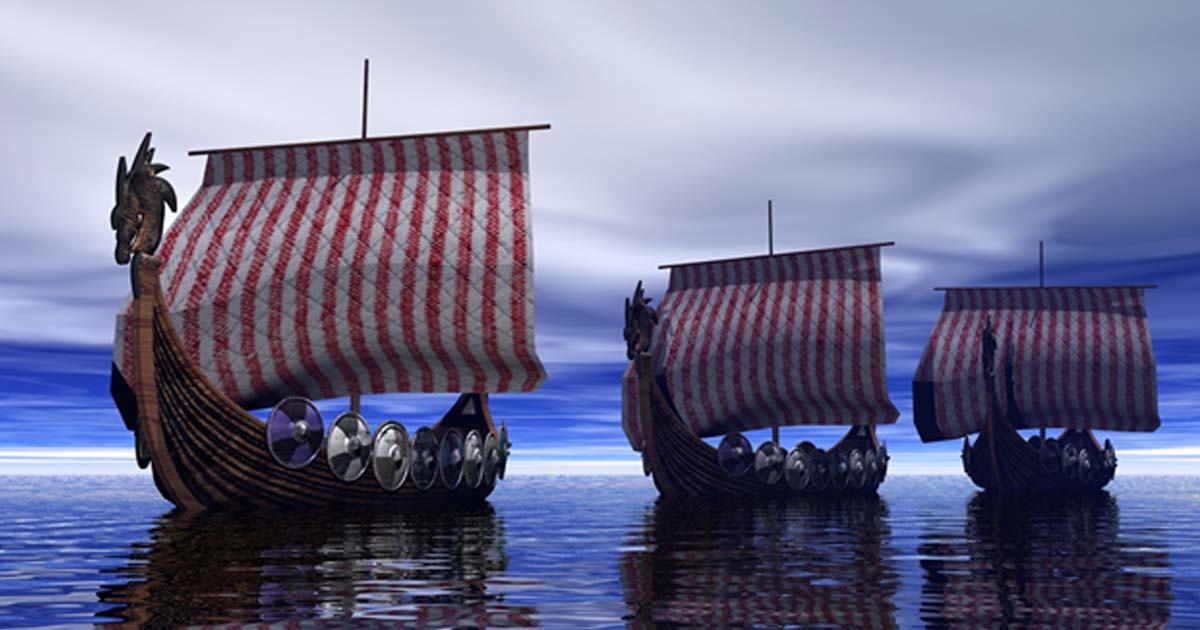posted by S. Abbas Raza: Michelle Starr in Science Alert:

(fotokon/iStock)
With the ability to use tools, solve complex puzzles, and even play tricks on humans just for funsies, octopuses are fiercely smart. But their intelligence is quite weirdly built, since the eight-armed cephalopods have evolved differently from pretty much every other type of organism on Earth.
Rather than a centralised nervous system such as vertebrates have, two-thirds of an octopus’s neurons are spread throughout its body, distributed between its arms. And now scientists have determined that those neurons can make decisions without input from the brain.
Continue reading
==============================
via Ancient Origins by Wu Mingren

Sargon the Great, founder of the Akkadian Empire. Source: Dave LaFontaine / CC BY-SA 2.0
The Akkadian Empire was an ancient empire that existed towards the end of the 3 rd millennium BC. This was the first empire in Mesopotamia , and some consider it to be the first true empire in world history. The Akkadian Empire was established by Sargon of Akkad , arguably its most famous ruler, and dominated Mesopotamia from its capital, Akkad. The influence of the Akkadian Empire was also felt beyond the borders of the empire. This mighty empire did not last very long, however, as it collapsed about a century and a half after it was founded.
Continue reading and discover that one of the possible reasons for the disintegration of this empire was a drought that lasted for 200 years!
==============================
via Boing Boing by Mark Frauenfelder
How do quartz watches keep time? Steve Mould gives a great demonstration explaining how they work. Quartz is piezoelectric, which means when it is deformed it generates an electrical signal. A quartz watch has a tiny quartz tuning fork that's been calibrated to vibrate at 215 cycles per second. This signal is fed through a series of 14 flip-flop circuits, each of which divides the frequency of the signal by 2. By the time the signal goes through the 14th flip-flop, the frequency is one cycle per second.
==============================
via Arts and Letters Daily: Daniel Cohen in The White Review
Oops! I picked this item primarily for the image at the top but I cannot do my usual copy and paste! Click through if you like brightly coloured flowers.
Like many people, I discovered Terry Castle through her essay on Susan Sontag. Published in the London Review of Books in 2005, just a couple of months after Sontag’s death, it was an account of the two women’s ‘on-again, off-again, semi-friendship’. In a series of hilarious scenes, Castle makes good on her claim that Sontag was a ‘great comic character’. After skewering her subject, however, she comes full circle: Sontag, she admits at the end, had an enormous – unparalleled – influence on her, long before the two even met. In its messy, conflicted way, it’s one of the finest tributes to anyone that I’ve read.
Continue reading
==============================
via Interesting Literature
In this week’s Dispatches from The Secret Library, Dr Oliver Tearle enjoys Guy Boothby’s fiendish fin de siècle creation
What happens if you cross Professor Moriarty with his arch-nemesis Sherlock Holmes, add in a bit of Svengali from George du Maurier’s Trilby, a dash of archetypal James Bond villain, and a smidgen of master-conjuror and illusionist Derren Brown? The answer is Dr Nikola, the creation of the prolific Australian writer Guy Boothby, who was once a hugely popular author and the protégé of Rudyard Kipling.
Continue reading
==============================
via Ancient Origins by Artec 3D

Discovery of Viking shipwreck studied by experts. Source: Paul Moore / Adobe.
During the extension of the seaport of Wismar in Mecklenburg-Western Pomerania, Germany, archaeologists discovered a number of shipwrecks. One of them, the last to be discovered, was resting in only 9.8 feet (3 meters) of water.
The Baltic Sea water and silt of the harbour had almost perfectly preserved the wreck’s timbers, due to the harbour's seafloor environment being anaerobic, with very low alkalinity, almost no bacteria or rot, and no woodworms.
Continue reading
==============================
via Boing Boing by Mark Frauenfelder
National Geographic's Hostile Planet series focuses on the "world’s most extreme environments to reveal the animal kingdom’s most glorious stories of survival on this fast and continuously shifting planet." This Boing Boing exclusive excerpts beautiful and creepy time-lapse videos of day-glo coloured slimes and glistening tentacled mushrooms as they erupt, spread, and decay. The highlight of the video is the tragic fate of an ant that gets infected by a cordyceps fungus spore, which highjacks the ant's nervous system, causing it to climb to the top of a stem, where it freezes in place. In a few days, a cordyceps mushroom bursts out of the ant's head, and begins to produce spores that will eventually infect other ants.
==============================
via the OUP blog by Susannah Gibson

Cambridge-Architecture-Monument” by blizniak. CC0 Public Domain via Pixabay.
In 2019, the Cambridge Philosophical Society celebrates its 200th anniversary. When it was set up in 1819, Cambridge was not a place to do any kind of serious science. There were a few professors in scientific subjects but almost no proper laboratories or facilities. Students rarely attended lectures, and degrees were not awarded in the sciences. The Philosophical Society was Cambridge’s first scientific society. Within a few years of its foundation, it had begun hosting regular meetings, set up Cambridge’s most extensive scientific library, collected and curated Cambridge’s first museum of natural history, and begun publishing Cambridge’s first scientific periodical.
Continue reading
==============================
via Interesting LIterature
The best poems by John Clare selected by Dr Oliver Tearle
John Clare (1793-1864) has been called the greatest nature poet in the English language (by, for instance, his biographer Jonathan Bate), and yet his life – particularly his madness and time inside an asylum later in his life – tends to overshadow his poetry. So here we’ve picked ten of John Clare’s best poems which offer an introduction to his idiosyncratic style and wonderful eye for detail, especially concerning the natural world.
Continue reading
==============================
via About History
Carthage was founded by immigrants from the Phoenician city of Tire in the late IX century B.C.
According to legend, the city was founded by the widow of a Phoenician king named Dido. She promised a local tribe to pay a gem for a piece of land, limited to the skin of a bull, but on condition that the choice of place was left to her. After the deal was concluded, the colonists chose a convenient place for the city, ringing it with narrow belts made from a single bull hide. In the first Spanish chronicle “Estoria de España”(1282 or 1284), prepared by King Alfonso X on the basis of Latin sources, reports that the word “carthon” in that language meant skin, and because she called the city Carthago”. In the same book are the details of the subsequent colonisation.
Continue reading
No comments:
Post a Comment